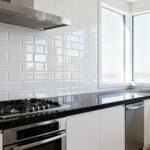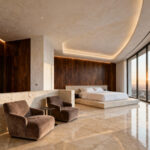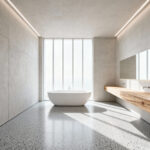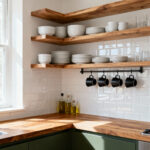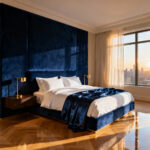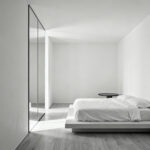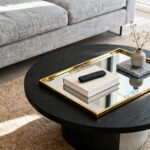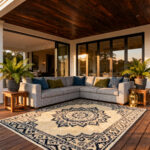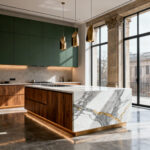For decades, a prevailing belief held that true luxury meant purchasing a perfectly matching bedroom set. Homeowners assumed that strictly coordinating the bed frame, dresser, and nightstands was the safest path to a cohesive, high-end aesthetic. However, this reliance on mass-produced uniformity often leads to interiors that feel flat, uninspired, and risk becoming outdated quickly.
Choosing the right luxury bedroom furniture is not about conformity; it is about embracing “The Curatorial Promise.” This philosophy prioritizes personal artistry and heirloom quality over simple cohesion. It shifts the focus from initial coordination to selecting distinct investment pieces—such as a sculptural bed frame or a vintage dresser—that offer superior craftsmanship and lasting narrative value.
By allowing a singular statement piece to serve as the primary focal point, you imbue the room with a unique character that homogenous sets simply cannot achieve. Furthermore, mixing individual items, such as pairing a modern nightstand with an antique chest, unlocks a depth of personality that makes the space feel gathered over time rather than purchased in a day.
This guide reveals how to master the art of curation for a vibrant, personalized bedroom. We explore the financial and aesthetic benefits of mixing eras and styles to move beyond the limitations of the matching set. Discover how to select individual items that not only elevate your current interior but also stand as smart, long-term investments for the future.
Phase I: The Foundational Anchors (Establishing the hierarchy of the room)
In a luxury bedroom, the bed dictates the narrative. Begin by selecting a grand bed frame or a striking, oversized headboard to act as the room’s primary focal point. This piece sets the aesthetic tone instantly, whether you choose velvet upholstery for softness or leather for a masculine edge.
However, grandeur requires breathability. Before purchasing, measure your layout meticulously to ensure your anchor pieces do not dominate the space or kill the flow. True luxury relies on a feeling of spaciousness, so prioritize a layout that allows for effortless movement around these substantial items.
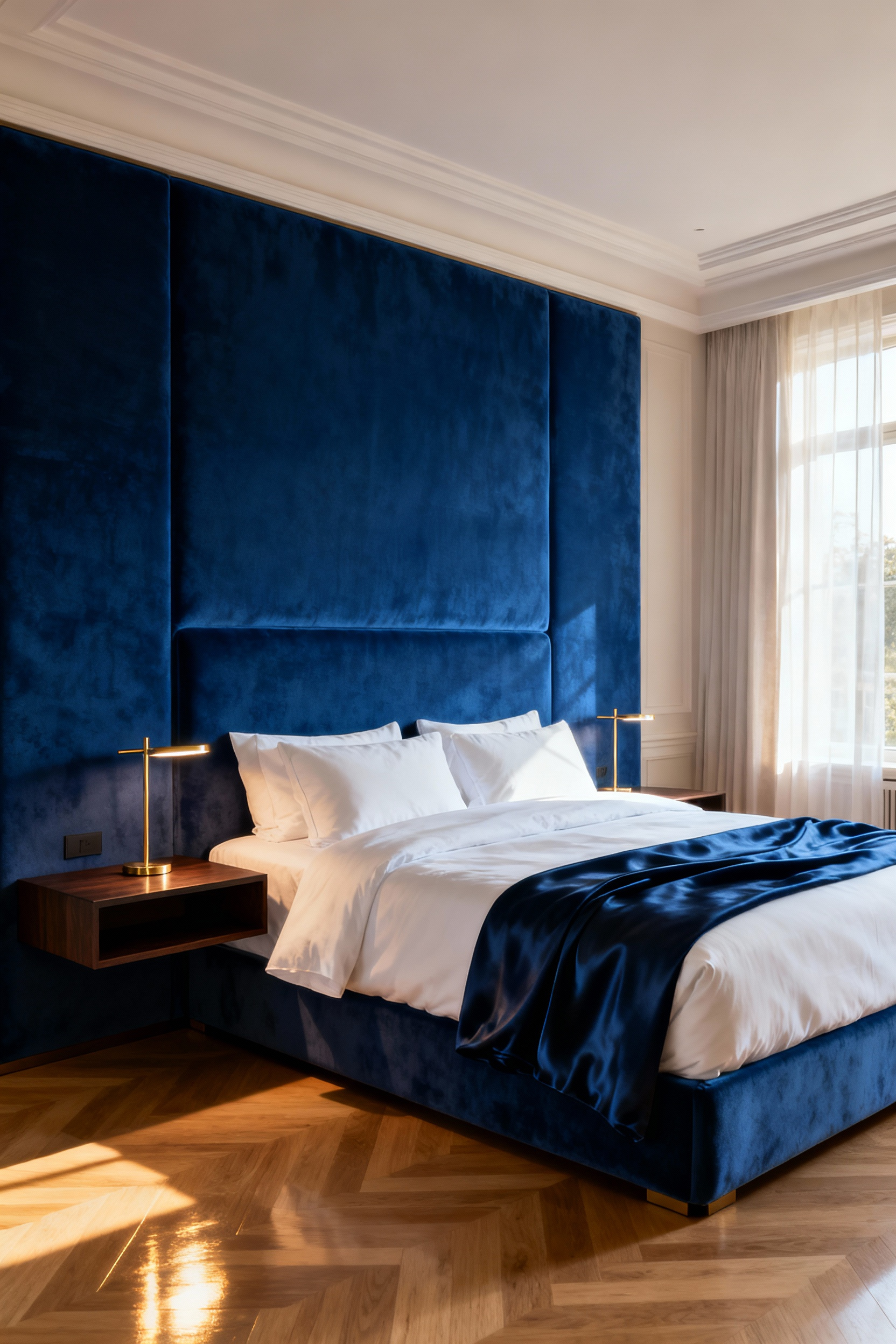
Treat these major furnishings as long-term investments rather than temporary purchases. Allocate a significant portion of your budget to heirloom-quality items, such as a substantial armoire or a high-end dresser, which serve as functional sculptures anchoring your walls. Look for craftsmanship details, like dovetail joinery, that signal enduring value.
At this stage, you should also define your premium material palette. Establishing a core vocabulary—such as pairing rich walnut with marble and aged brass—guides every subsequent choice and ensures a cohesive, tactile experience.
Finally, secure the room’s hierarchy by establishing symmetry with secondary anchors. These are must-have essentials for a luxurious and serene bedroom, creating a grounding effect essential for a restful environment. This arrangement mirrors classic design principles and offers a sense of order. By locking in this symmetrical foundation, you enhance the calming atmosphere and provide a balanced stage for the decorative layers that follow.
1. The Statement Headboard: Understanding scale, tufting techniques, and fabric selection for the room’s focal point
A luxury bedroom requires a commanding focal point to anchor the space, and the statement headboard serves this critical purpose. To achieve a high-end aesthetic, prioritize oversized silhouettes that establish proportional drama. Consider a dramatic wingback style to envelop the sleeper, or install full floor-to-ceiling wall panels that extend beyond the bed’s width. This technique creates an immersive accent wall and expands the visual perception of the room.
You must balance scale carefully, however. A headboard that is too small diminishes the luxury effect, while one that is disproportionately large can overwhelm a compact room.
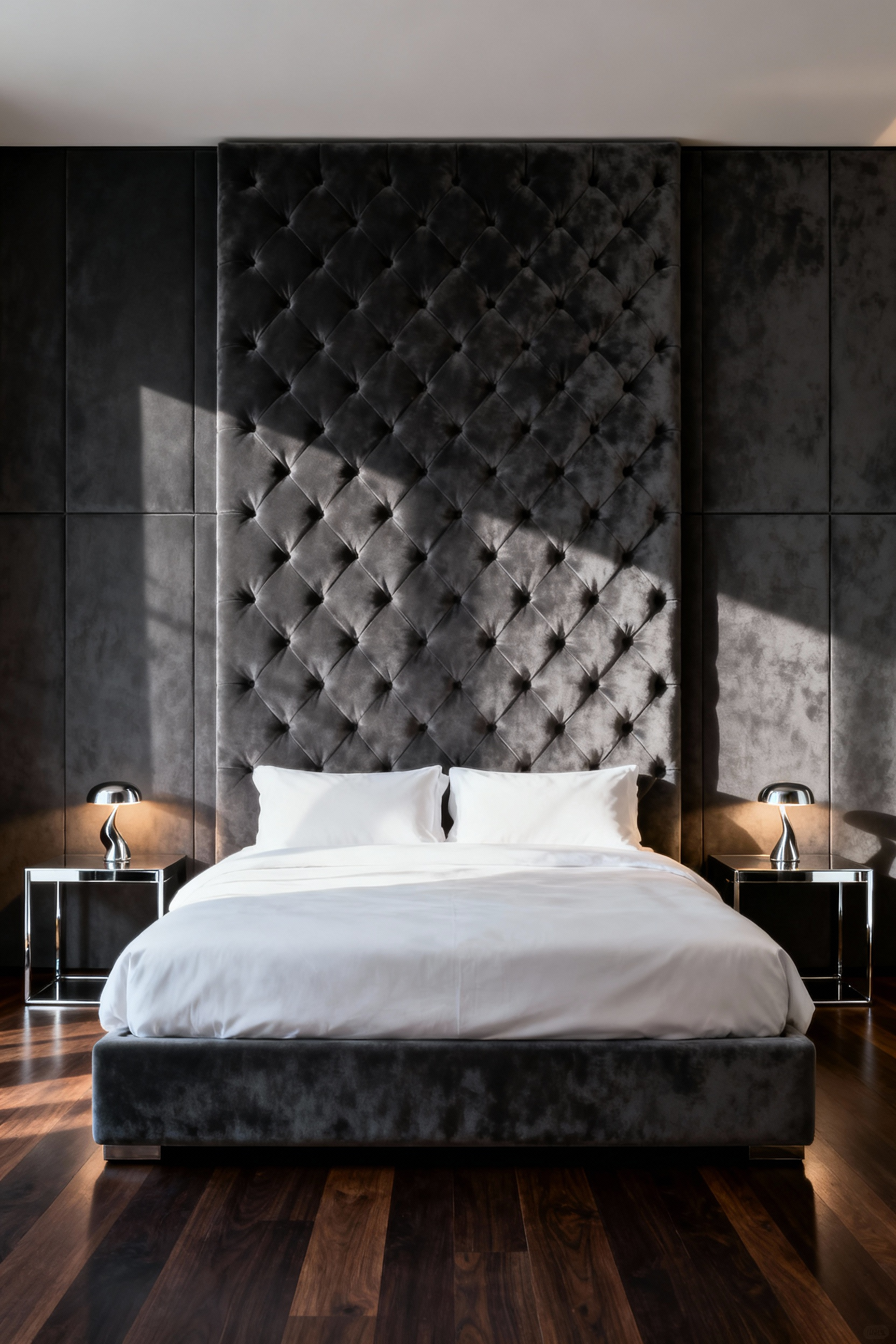
Your choice of fabric defines both the tactile experience and the longevity of the investment. For ultimate opulence, select performance velvet. This material delivers the plush richness of traditional velvet but offers essential stain resistance for daily use. Current design trends favor deep, rich jewel tones, such as emerald or sapphire, to create a sense of depth. Alternatively, high-contrast dark neutrals like charcoal or black provide a glamorous, modern foundation.
The final indicator of quality lies in the craftsmanship of the tufting. The specific technique you choose should align with your architectural goals:
- Channel Tufting: Opt for vertical or horizontal channels to achieve a sleek, architectural look that complements modern luxury interiors.
- Diamond Tufting: Choose deep, buttoned diamond patterns for a timeless, sophisticated texture that suits traditional or transitional styles.
Regardless of the pattern, insist on a thick foam core of at least three inches. This depth ensures the defined, “pushed-in” effect that distinguishes high-quality bespoke furniture from mass-market alternatives.
2. The Plinth Base Bed: Why low profiles and solid hardwoods are dominating high-end minimalist design
In high-end minimalist interiors, the bed acts as a quiet architectural anchor rather than an ornamented distraction. A low-profile plinth base immediately grounds the room, creating a sense of visual tranquility that standard frames cannot match. By lowering the furniture’s visual weight, you effectively increase the perceived height of your ceilings, lending the space an airy, uncluttered atmosphere. This clean silhouette allows other curated elements—such as bespoke lighting or textured linen bedding—to take center stage, maintaining the sophisticated balance essential to luxury design.

True luxury, however, is defined by material purity. Discriminating buyers prioritize kiln-dried solid hardwoods, such as walnut, rift-sawn oak, or cherry, over veneers or composites. These materials offer superior durability and develop a rich patina that enhances the furniture’s value over time.
Beyond aesthetics, selecting solid wood ensures a non-toxic foundation for your sleep sanctuary. This choice eliminates the glues and synthetic fillers found in cheaper alternatives, creating a chemical-free environment that aligns with the wellness-focused mindset of modern living.
Functionally, the plinth design streamlines the bedroom by eliminating the need for a bulky box spring. These beds utilize an integrated platform system, typically composed of sturdy slats, to provide robust mattress support while maintaining a sleek profile. This structure serves two distinct purposes:
- Enhanced Aesthetics: It maintains the minimal height required for a contemporary look.
- Improved Airflow: The slat system allows the mattress to breathe, reducing heat retention and extending the lifespan of your bedding investment.
3. The Bespoke Mattress System: Looking past the brand name to natural fibers and hand-tied coils
True luxury lies beneath the fabric ticking, so look past the logo to investigate the actual composition. Many commercial brands use the label “contains natural fibers” while using as little as 1% natural content mixed with synthetic fillers. To make a smart investment, demand clarity on the specific upholstery layers.
You want materials chosen for performance, not just marketing volume. For instance, wool naturally regulates temperature and acts as a chemical-free flame retardant, while horsetail hair offers resilient support and excellent ventilation. By selecting certified organic materials over synthetic foams, you also avoid Volatile Organic Compounds (VOCs), creating a non-toxic sanctuary.
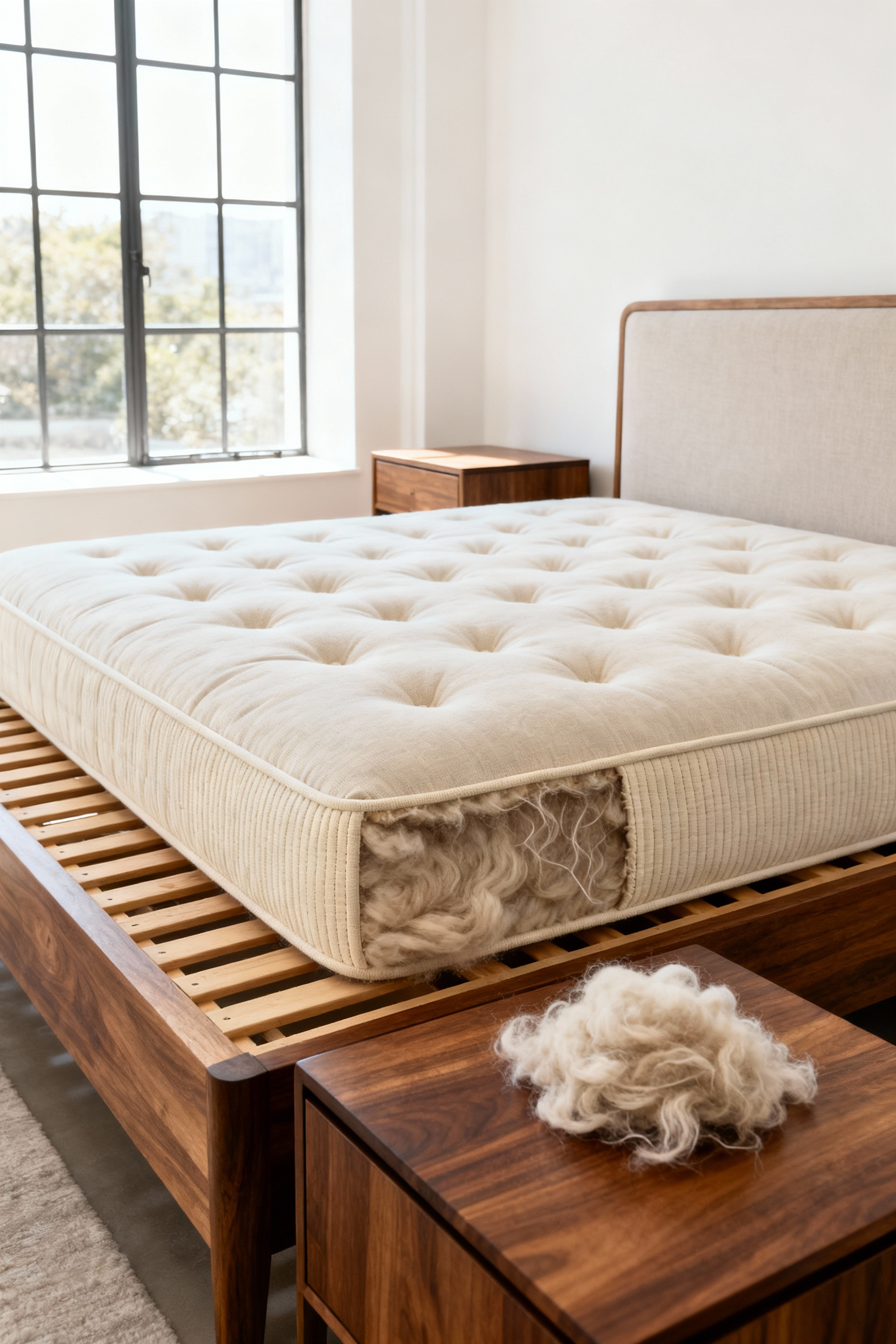
The structural integrity of a bespoke mattress relies on artisan labor rather than assembly lines. Prioritize models that feature hand-tufting and hand side-stitching. These labor-intensive techniques anchor the internal layers with a long needle and twine, preventing the shifting and sagging that ruin mass-market mattresses. Beneath the surface, the gold standard for the foundation is a hand-tied boxspring system. Often tied eight ways, these coils act as shock absorbers for the individually pocketed coils above, significantly enhancing contouring support.
View this system as a long-term health investment. Because high-quality steel and biodegradable fibers are designed for maximum durability, true bespoke manufacturers often provide warranties exceeding 20 years. This level of craftsmanship ensures your bedroom remains a sophisticated, comfortable retreat for decades.
4. The End-of-Bed Bench: Balancing functional seating with transitional elegance (Velvet vs. Leather)
The end-of-bed bench acts as a high-impact anchor in luxury bedroom design, serving as the final layer that balances transitional elegance with functional necessity. To achieve a sophisticated look, focus on material contrast rather than perfectly matching your bed frame.
If your headboard is upholstered, select a leather bench to introduce clean lines and a structured, masculine feel. Conversely, if your bed features a wood or metal frame, a plush velvet bench introduces necessary softness and a lavish, rich texture that elevates the room’s comfort level.

Proper scaling distinguishes a high-end design from a casual setup. For the piece to feel intentional, prioritize proportion over matching sets. The bench should span approximately 80 to 90 percent of the bed’s width; for a standard king bed, this translates to a width of 60 to 65 inches. Additionally, ensure the bench height sits slightly lower than the top of your mattress. This maintains open sightlines across the room while keeping the seat at a comfortable level for dressing or resting.
Finally, maximize the footprint of this piece by selecting a streamlined storage ottoman or lift-top design. This allows you to conceal extra throws and pillows, maintaining a clutter-free environment essential for a relaxing retreat. Make a smart investment in durable materials that withstand daily use:
- Top-Grain Leather: Offers durability and develops a rich patina over time, ideal for high-traffic seating.
- Performance Velvet: Provides a sophisticated sheen and soft hand-feel while resisting stains and wear, blending luxury with practicality.
Phase II: Architectural Storage (Elevating function to art form)
In high-end design, storage transforms from simple utility to a core architectural element. Instead of relying on standalone dressers, invest in custom, floor-to-ceiling built-ins that function as architectural cladding. By designing a seamless, handleless facade, the cabinetry blends into the room’s structure, appearing as a refined wall treatment rather than an imposing piece of furniture. Treat this exterior like a canvas by selecting statement materials such as rich natural woods, matte lacquers, or mirrored finishes. This approach adds depth and bespoke quality while maintaining a sophisticated, clutter-free environment.
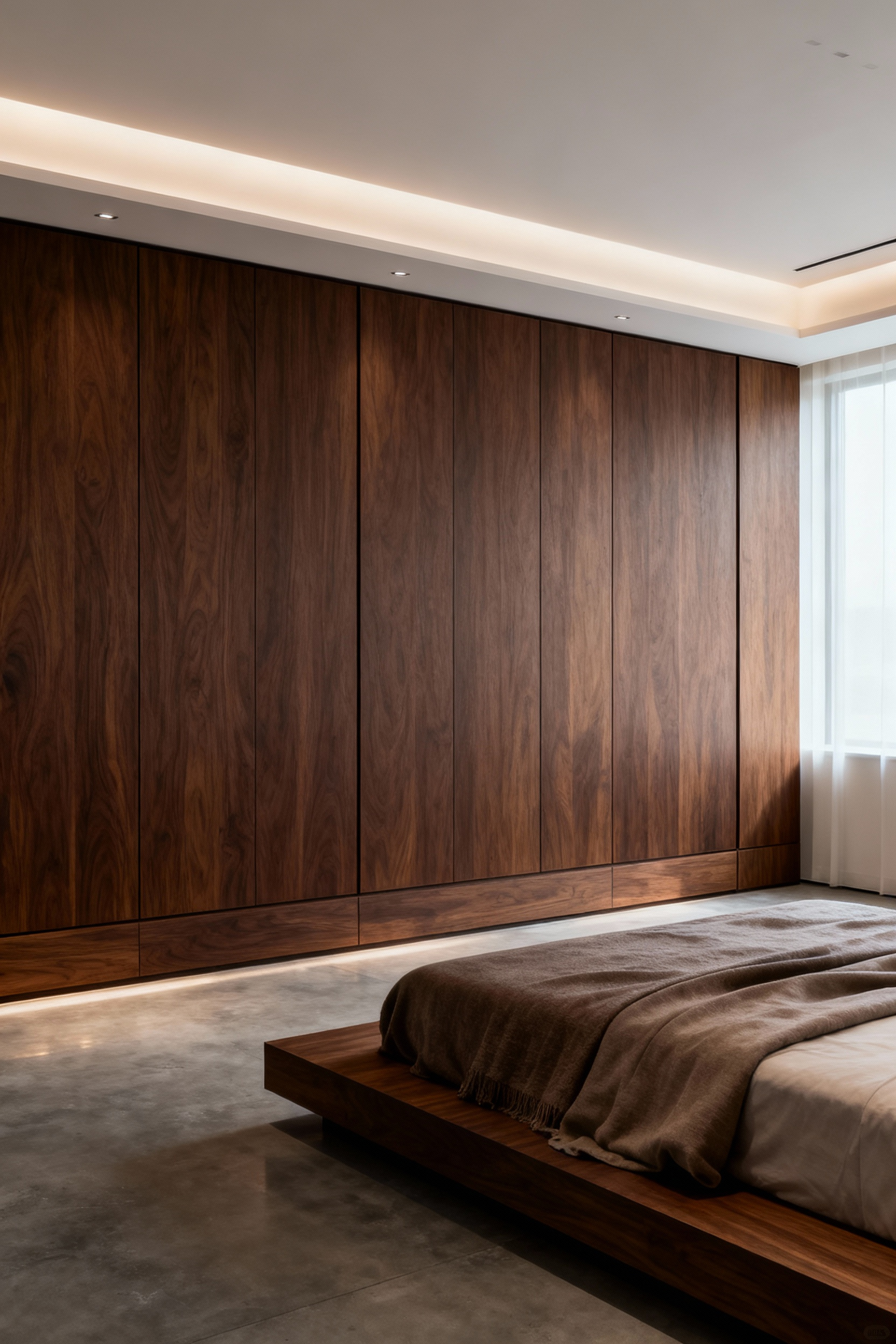
The interior experience should rival that of a high-end boutique. Integrate layered lighting solutions, such as recessed LED strips along shelves and under floating drawers, to showcase your items as a curated collection. This not only improves visibility but elevates the daily ritual of dressing. To further preserve the room’s artistic feel, prioritize multifunctional designs that conceal practical needs. A dressing table hidden within the wardrobe or a bed with custom integrated drawers allows you to maximize utility without disrupting the visual calm.
Finally, pay close attention to the touchpoints. Hardware acts as the jewelry of your storage, transforming simple doors into luxurious focal points. When selecting these accents to complete the look, consider:
- Artistic Finishes: Opt for brushed brass or polished chrome to introduce light and contrast against darker woods.
- Tactile Materials: Select unique stone or hand-carved wood knobs to add a bespoke, sensory element.
- Statement Design: Choose hardware that stands out as an intentional art piece rather than a standard fixture.
5. The Gentleman’s Chest: Identifying heirloom-quality joinery and exotic wood veneers
To ensure a gentleman’s chest serves as a lasting investment rather than a temporary fixture, look beyond the exterior finish to the structural “bones.” True heirloom quality begins with robust frame-and-panel construction, ideally capped with a substantial, 1-inch thick solid wood top for stability.
The most critical indicator of longevity, however, lies in the drawers. Pull a drawer out to inspect the corners for dovetailed joinery. Whether hand-cut or precision-machined, these interlocking joints create a bond significantly stronger than staples or cam-locks, ensuring the drawer front never separates from the box.

Operational mechanics dictate the daily experience of using the piece. A premium chest must feature full-extension slides that grant access to the entire drawer depth, preventing items from hiding in the back. Seek under-mount slides with a soft-close mechanism; this keeps the hardware invisible for a clean aesthetic and prevents slamming, which reduces wear on the case over time. Inside, luxury manifests in functional details. A top drawer lined in felt protects delicate accessories like watches and cufflinks, while cedar-lined bottom drawers naturally repel moths to preserve wool and cashmere garments.
Finally, assess the artistry of the materials. While the structural core requires solid wood, the most sophisticated chests often utilize rare, exotic veneers such as Macassar Ebony, Ziricote, or Burl for their dramatic visual appeal. When evaluating these surfaces, look specifically for “book-matching” on the doors or side panels. This technique involves opening veneer slices like a book to create a symmetrical, mirror-image grain pattern. This precise alignment of grain is a hallmark of high-end craftsmanship and transforms a functional storage unit into a sophisticated focal point.
6. Floating Nightstands: Creating spatial luxury and visual lightness in modern master suites
The primary appeal of floating nightstands lies in their ability to manipulate spatial perception within a master suite. By freeing up floor space, these pieces allow light to travel underneath, creating an illusion of expansive square footage. To achieve this weightless aesthetic, prioritize designs with completely concealed mounting systems that eliminate the visual noise of brackets. Elevate the design further by selecting premium materials that contrast texture with form; warm woods like walnut or oak paired with matte metal or stone tops anchor the modern aesthetic without adding visual bulk.
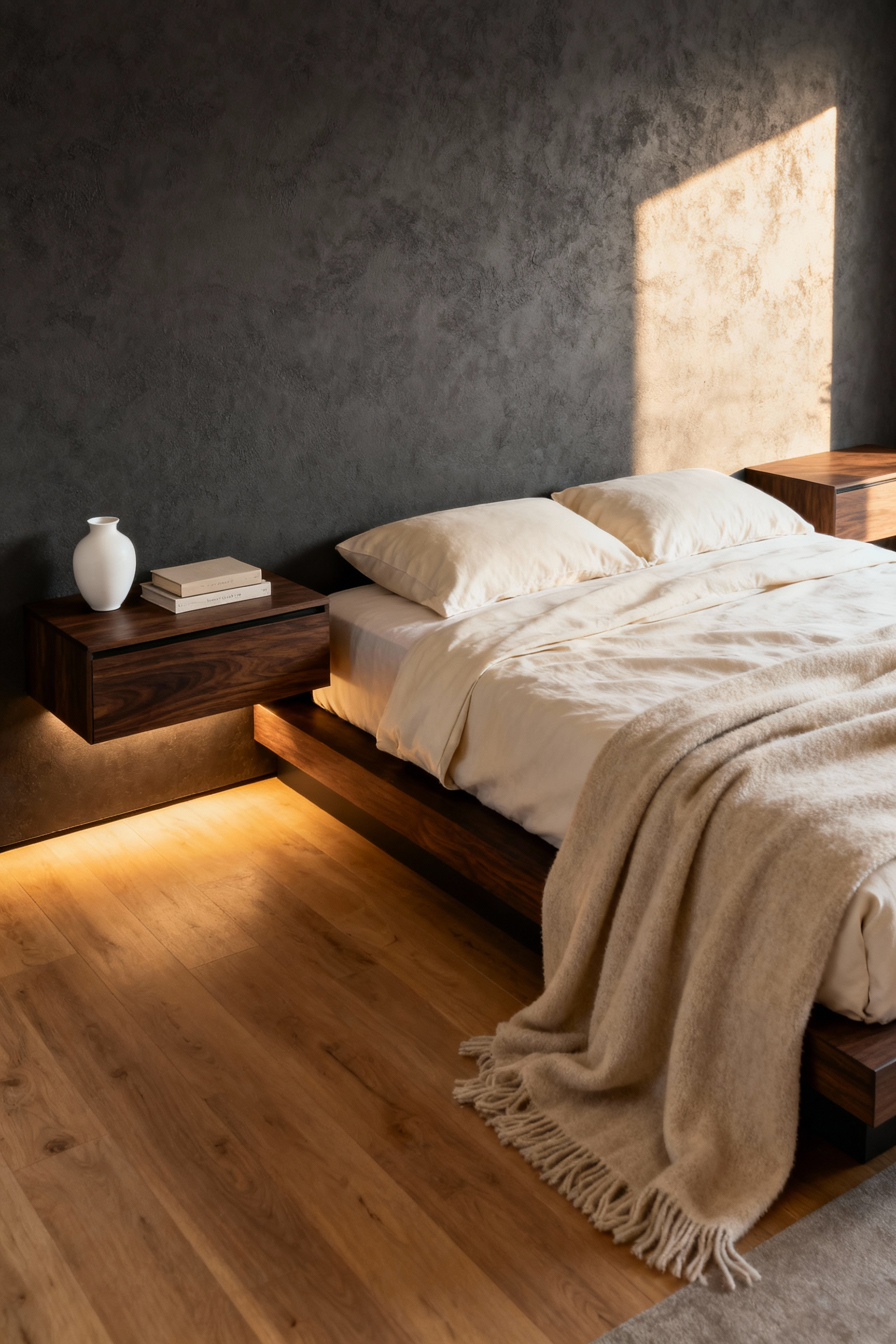
True luxury requires seamless, discreet functionality. Look for investment-grade pieces that integrate technology directly into the structure. Features such as built-in wireless charging stations, hidden cord management channels, and soft-close hardware prevent modern clutter from undermining the minimalist vibe. Some high-end designs also incorporate integrated ambient LED lighting, adding both utility and a sophisticated glow while preserving a clean profile.
Proper installation is critical for both ergonomics and visual balance. Mount the nightstand so the top surface sits approximately 2 to 5 inches above your mattress height. This precise placement ensures comfortable reach and makes the design feel intentional rather than accidental. Finally, protect the “light” illusion by utilizing drawers for daily essentials. Keep the surface styling curated to a few sculptural items, as visible clutter will immediately negate the airy effect you have worked to create.
7. Custom Armoires vs. Walk-Ins: When to choose a freestanding architectural statement piece
Select a custom armoire when you intend the storage unit to serve as a singular, architectural focal point rather than a concealed dressing area. These pieces function as art to anchor the room’s aesthetic, allowing you to introduce high-impact materials such as high-gloss lacquer, exotic veneers, or mirrored glass fronts. This choice supports a minimalist design goal known as serene concealment. By keeping clothing and accessories completely hidden behind sophisticated facades, you maintain a clean and uncluttered bedroom environment that reflects your specific style palette.
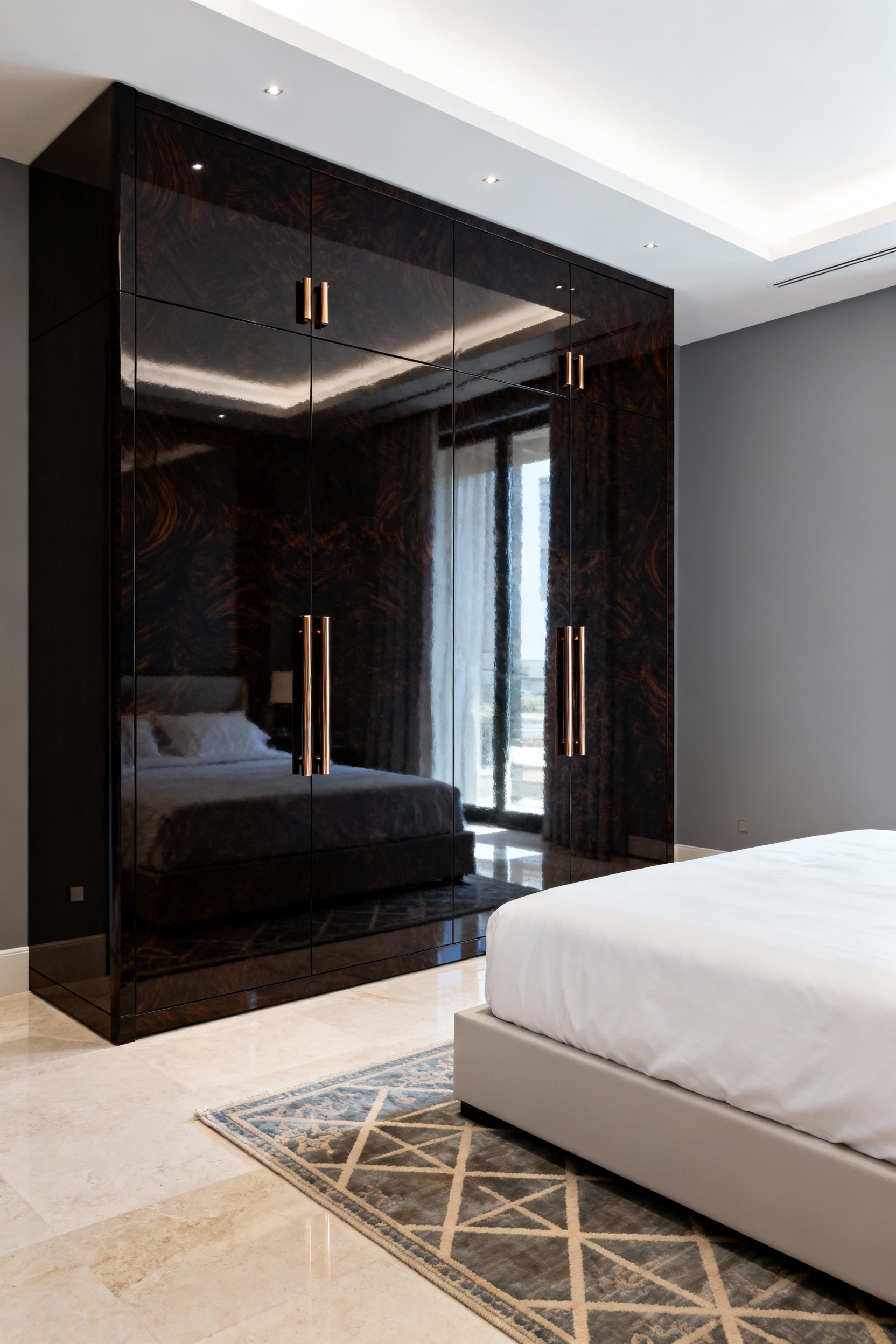
Beyond aesthetics, freestanding armoires offer a superior solution for urban condominiums or older homes where square footage is at a premium. They maximize vertical wall space without sacrificing valuable floor area for a dedicated walk-in room. From an investment perspective, this option also offers distinct advantages regarding mobility. Unlike permanent built-in closets, a high-quality armoire travels with you to a new residence, ensuring your investment in luxury craftsmanship retains its value over time.
8. The Vanity Table: Reviving the ritual of grooming with lacquer, brass, and stone
The vanity table has reclaimed its status as a dedicated sanctuary within the master bedroom, shifting the grooming ritual from the utilitarian bathroom to a serene, personalized space. To distinguish this piece from a standard desk, consider prioritizing a high-gloss lacquer finish on the body. Whether in sleek black or pristine white, this reflective surface channels Art Deco glamour and signals that the furniture is a bespoke luxury investment.

Elevate the design by selecting materials that balance opulence with practical durability. Polished or gold-plated brass serves as the essential jewelry of the piece; look for architectural details like cascading tubes or mid-century atomic legs to add a sculptural quality. Pair this metallic warmth with a natural or sintered stone countertop, such as marble or slate. A stone surface not only adds texture and weight but also resists stains from cosmetics and perfumes, ensuring the piece maintains its high-end look through daily use.
Finally, true luxury relies on seamless organization. A beautiful surface loses its allure if covered in clutter, so prioritize designs with ample, integrated storage. Deep drawers and hidden compartments keep grooming tools out of sight, allowing the vanity to remain a calming, functional zone. This focus on smart storage supports a leisurely wellness routine, keeping your sophisticated space polished and tranquil.
Phase III: The Lounge Layer (Integrating lifestyle into the bedroom)
Transforming a master suite into a true luxury retreat requires moving beyond utility to establish a dedicated “Lounge Layer.” This phase integrates comfortable living room elements into the bedroom, creating a private space for relaxation that exists separately from the sleeping area.
Begin by deliberately zoning the room with sophisticated furniture anchors. A sculptural chaise lounge, a pair of elegant velvet armchairs, or a petite upholstered sofa effectively carve out this distinct corner. Complement these pieces with a luxurious side table to facilitate morning coffee or evening reading, instantly expanding the room’s functionality.
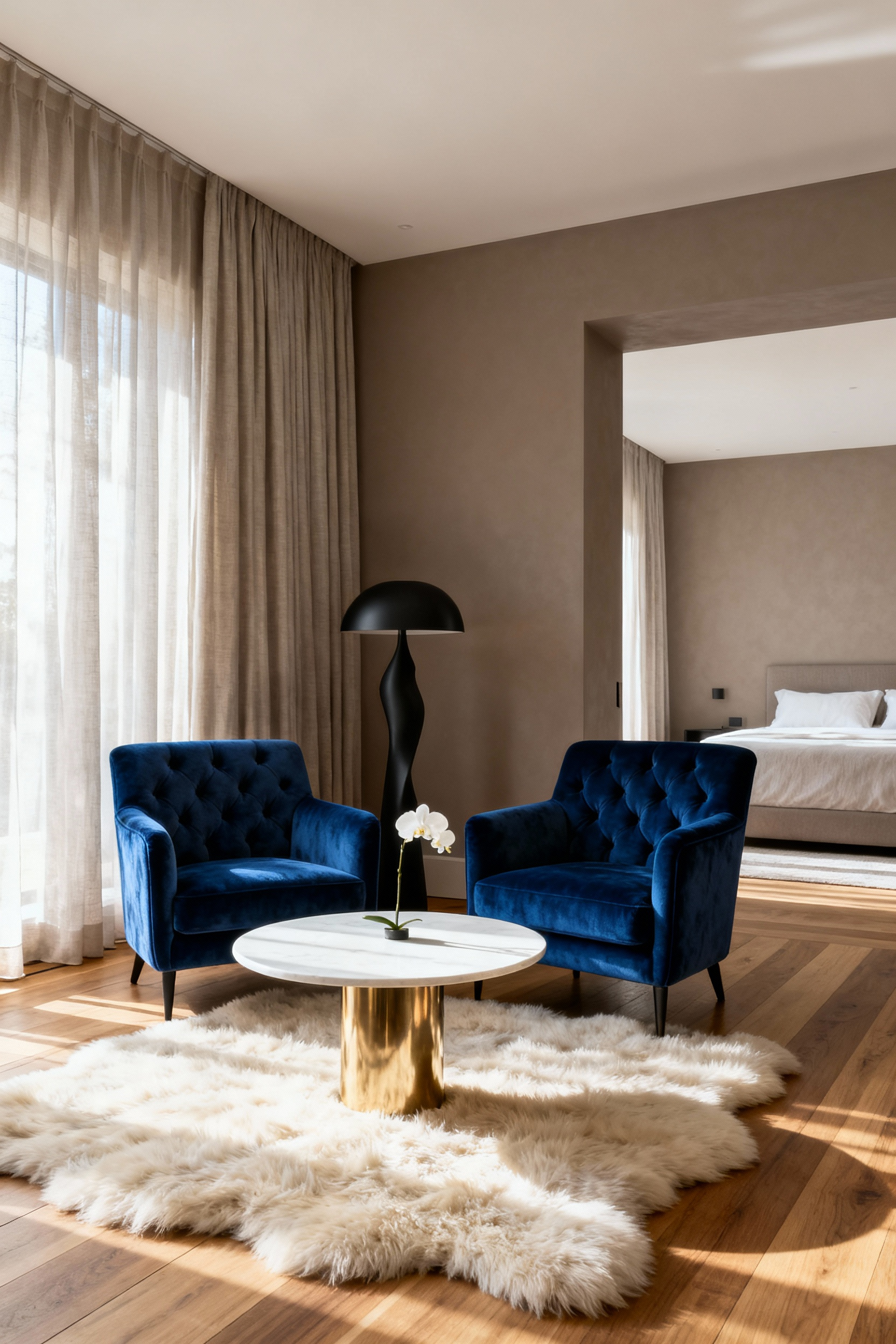
To successfully define this zone, elevate the sensory experience through texture and lighting. Visually separate the lounge from the bed by embracing rich, indulgent fabrics like cashmere, silk, or suede for upholstery and throws. A plush area rug placed beneath the seating further grounds the vignette and softens the acoustics.
Lighting is equally vital for setting the mood; relying solely on bedside lamps leaves the room feeling flat. Instead, install a low-hanging pendant or a sleek floor lamp over the seating area to create focused intimacy. Smart lighting systems are a smart investment here, allowing you to adjust warmth and brightness to transition seamlessly from daytime activity to evening rest.
Finally, integrate entertainment without disrupting the room’s elegant aesthetic. Traditional media consoles often feel too heavy for a refined bedroom sanctuary. Instead, consider placing a television on a decorative easel or utilizing a motorized screen. This approach transforms the viewing area into a chic lounge feature rather than a typical family room setup. By selecting multi-functional statement pieces that prioritize design, you maintain an uncluttered, sophisticated environment that balances high-end style with modern comfort.
9. The Reading Fauteuil: Selecting the perfect accent chair for corner curation
Transform a corner of your bedroom into a sophisticated retreat by selecting a fauteuil that balances high-end aesthetics with tactile comfort. Focus on materials that invite touch, such as rich velvet, textured bouclé, or premium full-grain leather to elevate the room’s overall finish. Currently, luxury trends favor sculptural, curved silhouettes that soften the room’s architecture while providing ample lumbar support. This choice serves a dual purpose: it acts as a functional sanctuary for relaxation and stands as an elegant focal point that anchors the design scheme.
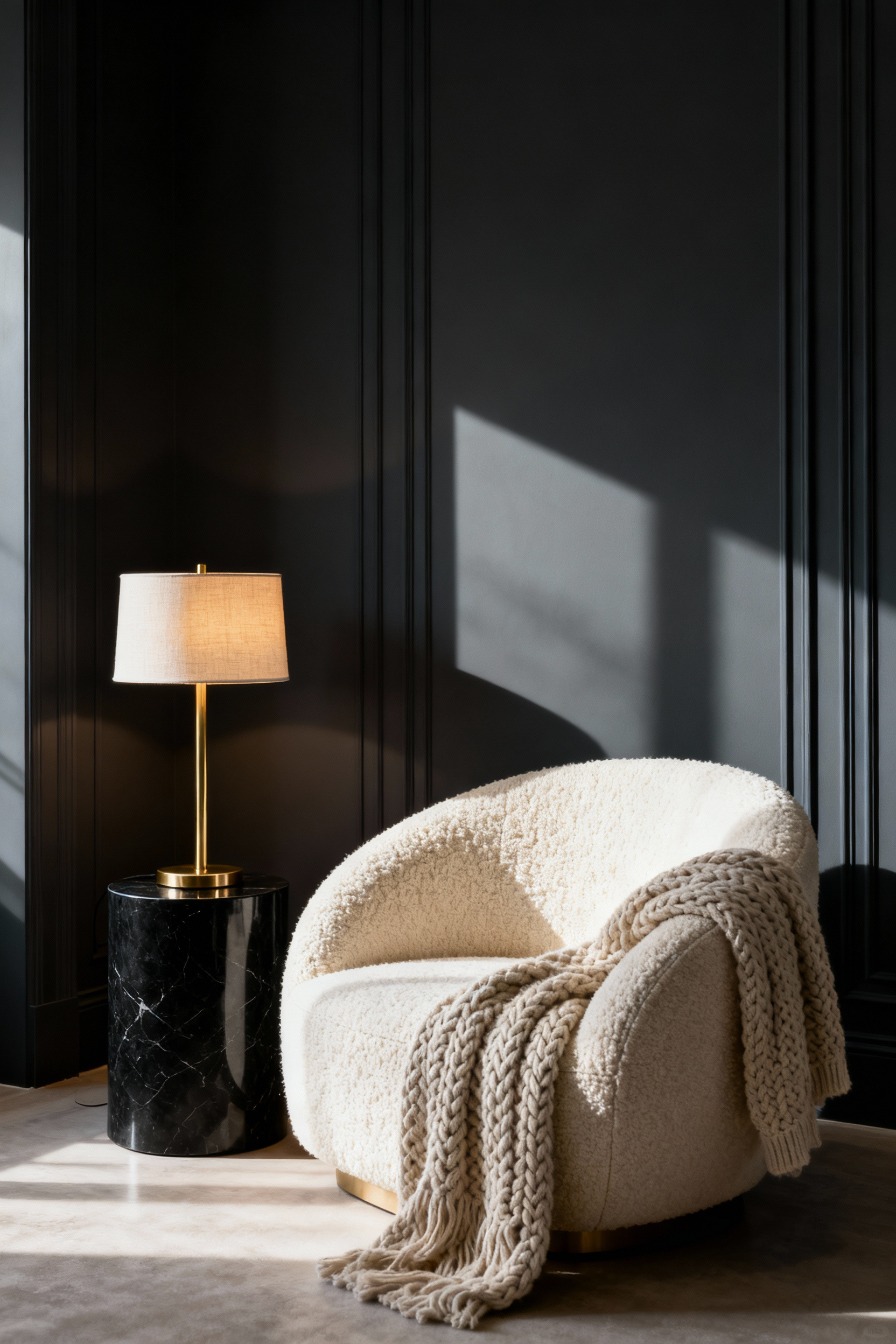
Proportion is critical when curating this area. For spacious master suites, an oversized wingback or chaise lounge creates a dramatic, filled-out sanctuary. In tighter footprints, select a compact design with slim arms or a swivel base to maximize flow without sacrificing style.
Regardless of size, ensure ergonomic suitability for extended reading sessions by seeking generous seat depth and high-density cushioning. For the ultimate investment in relaxation, pair your selection with a matching ottoman or footstool to allow for proper leg elevation.
Complete the vignette by integrating functional accessories that enhance utility without clutter. A directional floor lamp or swing-arm wall sconce creates warm, focused light that prevents eye strain while maintaining a cozy ambiance. Finally, add a small surface for necessities like books or beverages. A C-shaped end table is an ideal solution for corner curation; it tucks neatly over the seat to keep items within reach while maintaining a streamlined, professional look.
10. The Chaise Longue: A nod to classical luxury adapted for contemporary relaxation
The chaise longue has evolved from a stiff symbol of aristocratic formality into an essential component of modern, high-end relaxation. To successfully bridge classical richness with contemporary elegance, prioritize comfort through curated materials. Select a simple silhouette wrapped in sumptuous upholstery, such as velvet, cashmere, linen, or high-quality shearling. These tactile fabrics offer a sophisticated aesthetic while ensuring the piece serves its primary purpose: your well-being.
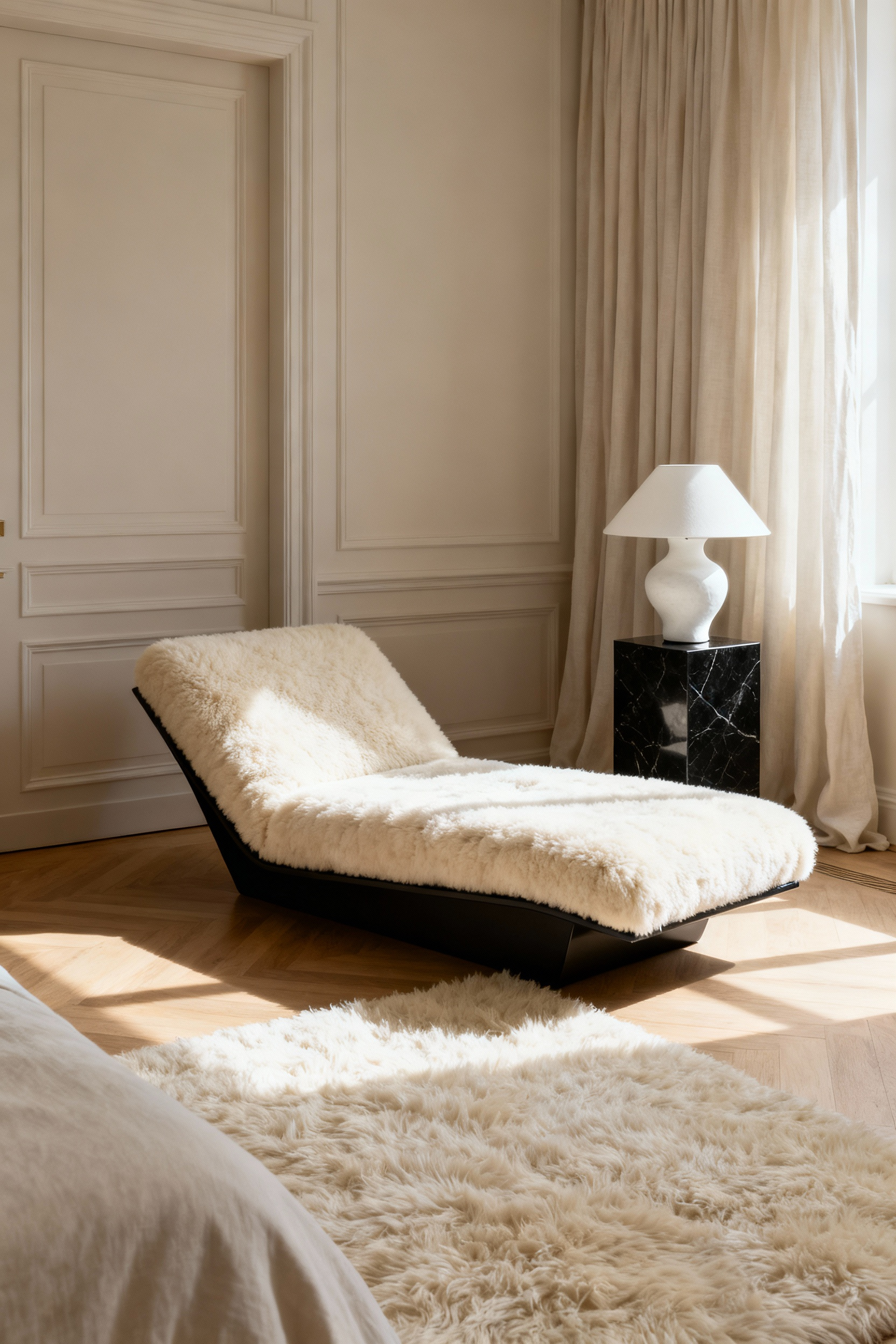
Strategic placement transforms this furniture piece into a functional retreat separate from your sleeping area. Positioning the chaise at the foot of the bed creates a symmetrical, classical look, while placing it beside a large window establishes a private, sunlit reading nook. To fully ground the chaise as a focal point, anchor it with a dedicated area rug. Complete the “unwind” station by adding a small, high-end accent table and a designer task lamp, ensuring the space is both visually cohesive and practical.
However, true luxury requires breathing room, so prioritize scale over grandeur. A chaise that is too massive will overwhelm the bedroom and negate the sophisticated atmosphere you are trying to build. Meticulously measure your designated area before purchasing. Ensure the chaise leaves adequate clearance—ideally two to three feet—so the room remains expansive and uncluttered.
11. Occasional Tables: Introducing exotic materials like shagreen, parchment, or malachite
Elevate your bedroom design by selecting occasional tables wrapped in exotic materials like shagreen or parchment. These textured leathers offer a luminous quality that instantly recalls the glamour of the Art Deco era. While they carry a vintage pedigree, they pair exceptionally well with clean, contemporary silhouettes, making them a versatile investment for a high-end aesthetic.
When choosing these finishes, look for designs that incorporate brushed brass or polished chrome accents. The reflective metal provides a sophisticated contrast against the matte, organic texture of the leather, amplifying the overall sense of opulence.
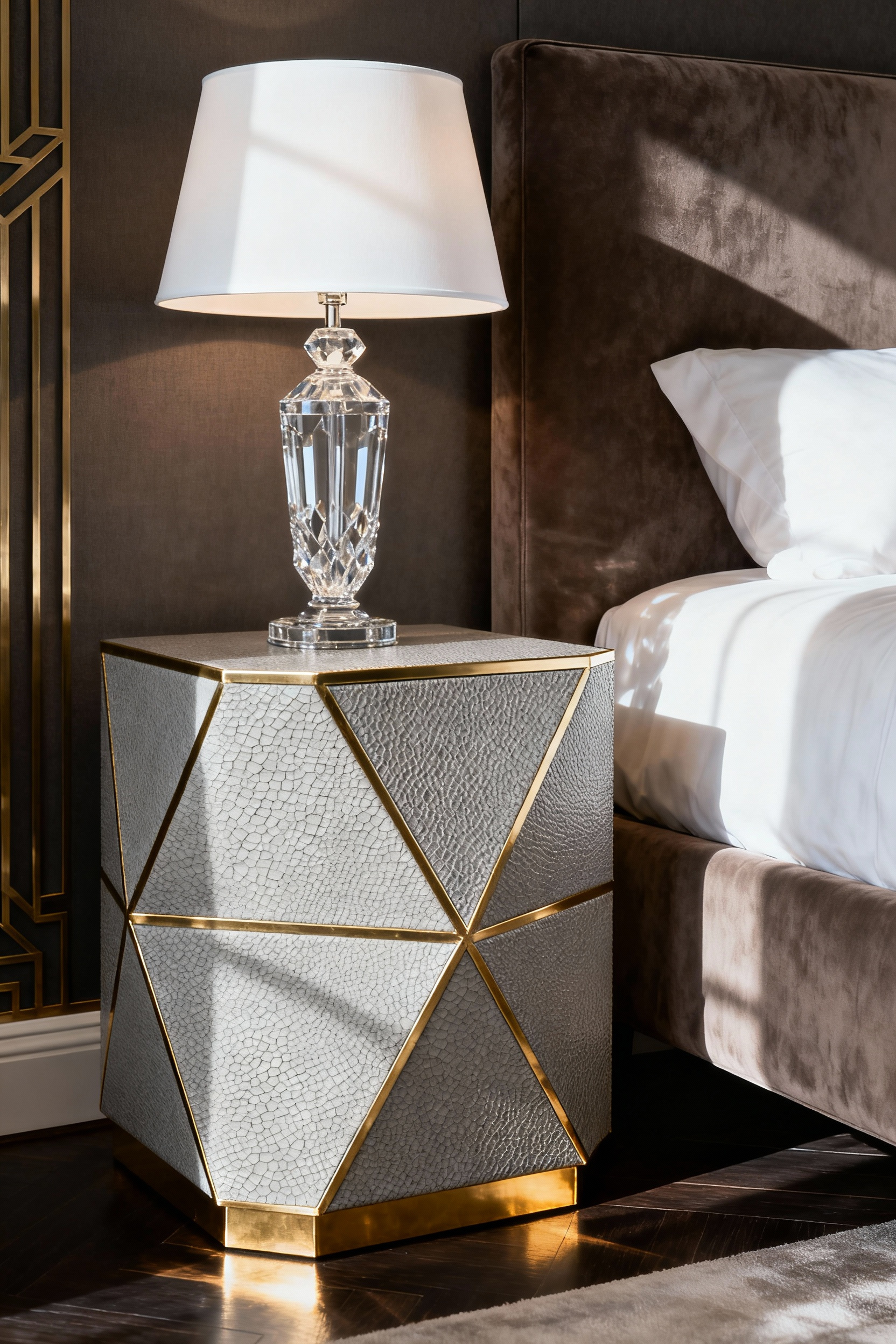
For a bolder statement, introduce malachite as a focal point. This vibrant green stone features deep, natural veining that transforms a standard side table into a jewelry-like accent piece. Malachite works best as a table surface, offering a scratch-resistant top that handles daily wear better than softer materials. To maximize the impact, select tables where the stone is framed by gilded bronze or gold detailing. This combination adds substantial visual weight and luxury to your bedside arrangement without overwhelming the room.
While these materials exude luxury, they require specific care to maintain their value. Treat shagreen and parchment surfaces with the same caution you would fine wood. These leathers are porous and sensitive to moisture, so always use coasters to prevent staining from bedside water glasses. By protecting these delicate finishes from direct liquid contact, you ensure your investment pieces remain pristine for years to come.
Phase IV: Sensory Textures & Lighting (The ‘Jewelry’ of the space)
Treat your lighting fixtures as the jewelry of the bedroom. Relying on a single overhead source creates a flat, uninspired atmosphere. Instead, implement a layered lighting system to control the mood and functionality of the space.
Start with ambient light, such as concealed LED strips in ceiling coves or behind a floating headboard, to produce a soft, sophisticated glow without harsh glare. Add task lighting, like bedside sconces, for reading and specific activities. Finally, invest in a statement piece. A grand chandelier or a sculptural floor lamp acts as a high-end accessory and an artistic focal point, instantly adding opulence.

Complement this illumination with rich, tactile textures and reflective surfaces. Luxury creates a sensory experience through the interplay of light and fabric. Layer materials that feel soft to the touch and naturally catch the light, such as velvet on a headboard, silk pillowcases, or a plush rug. To maximize this effect, contrast these soft fabrics with hard, gleaming elements:
- Metallic Finishes: Incorporate golden brass or polished chrome on furniture hardware and lamp bases to add sparkle.
- Mirrors: Position a large, ornate mirror to reflect your statement lighting and textures, making the room feel expansive and bright.
12. Hand-Knotted Silk & Wool Rugs: Grounding the room with acoustical warmth and artisanal heritage
A truly luxurious bedroom engages every sense, particularly sound and touch. Installing a dense, hand-knotted wool rug instantly grounds the space by absorbing noise and dampening the echo of footsteps. This acoustical warmth helps turn your bedroom into a serene sanctuary essential for a high-end atmosphere. Beyond immediate comfort, view these pieces as investment heirlooms. Unlike mass-produced floor coverings, premium hand-knotted rugs retain their value and beauty, serving as a testament to artisanal heritage that lasts for generations.
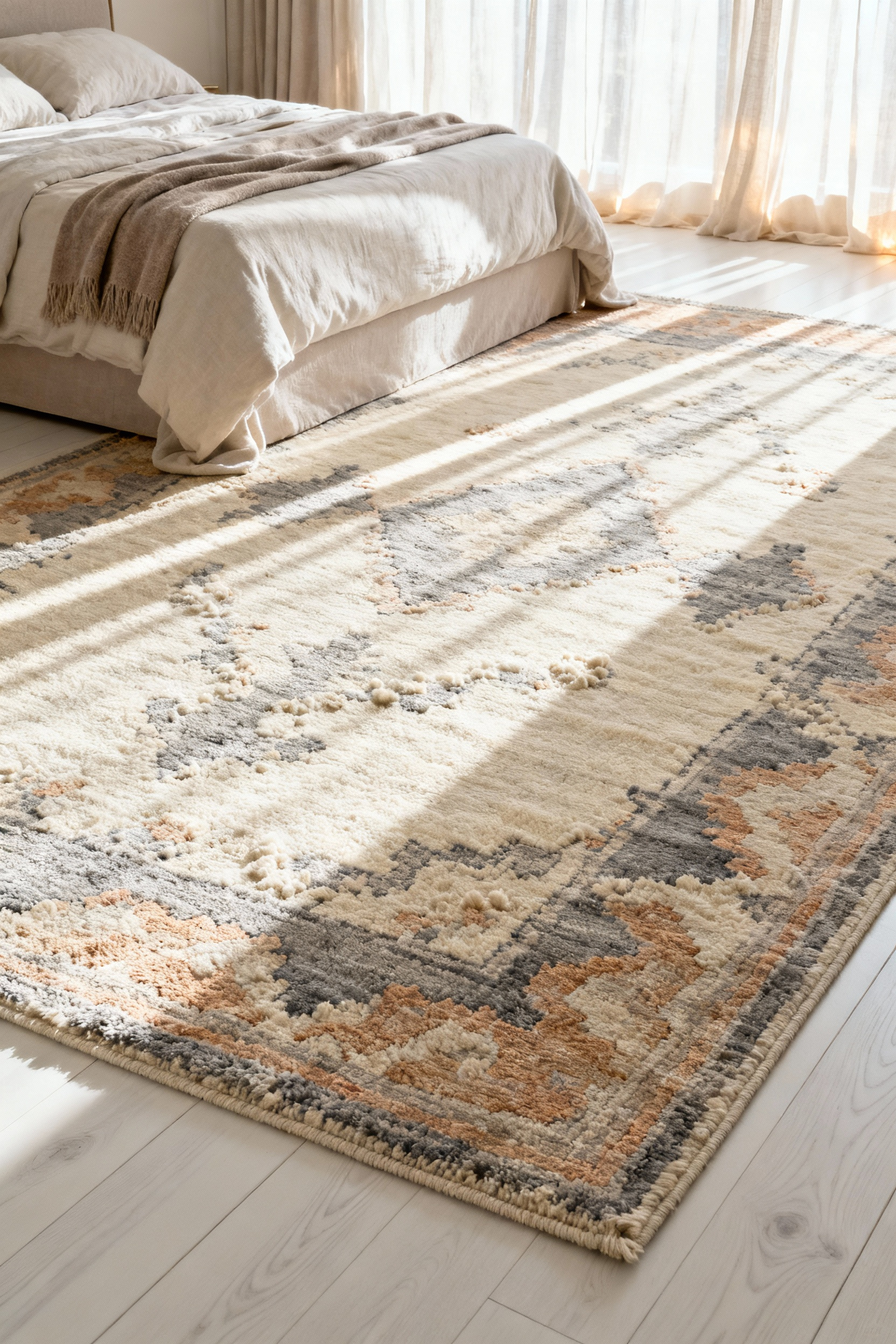
To achieve the perfect balance of durability and elegance, select a rug with a wool base integrated with silk or bamboo silk accents. The wool provides plush resilience, while the silk introduces a subtle, sophisticated sheen. Embrace the “quiet luxury” trend by choosing natural neutrals like sand, taupe, or stone. Subtle, tone-on-tone patterns allow the superior material quality to speak for itself without competing with your fine furniture or cluttering the aesthetic.
Proper sizing defines the success of this investment. To effectively anchor your furniture grouping, the rug must be large enough to extend at least 1.5 to 2 feet beyond the sides and foot of the bed. This generous scale creates a cohesive floor plane and ensures that your first step in the morning lands on supreme softness. Skimping on size diminishes the feeling of grandeur, so prioritize dimensions that frame your bed completely.
13. Alabaster & Brass Sconces: Replacing table lamps for a cleaner, hotel-luxe aesthetic
Luxury hotels define their suites through decluttered elegance. You can achieve this sophisticated aesthetic by replacing bulky table lamps with wall-mounted sconces. This simple switch eliminates visual noise and messy cords, instantly freeing up valuable nightstand real estate. For a truly seamless finish, opt for hardwired fixtures. Removing visible wires creates an integrated, architectural look that elevates the bedroom from standard to high-end.

Material selection distinguishes a premium space from an average one. The pairing of solid brass with natural alabaster offers a timeless investment in quality. Unlike mass-produced glass, alabaster features unique mineral veining, ensuring that no two pieces are exactly alike. This natural translucency provides a soft, diffused glow that warms the room without harsh glare. The result is a serene, inviting atmosphere perfect for winding down.
Functionality must accompany form in a bedroom setting. To maximize utility, select dimmable sconces that allow you to transition from focused reading light to a soft ambient mood. Install your fixtures symmetrically, positioning them at or slightly above eye level when sitting up in bed. This placement anchors the room’s design while ensuring the light serves a practical purpose.
14. Heavy-Drape Silk Curtains: The importance of lining, interlining, and heading styles
The secret to luxury drapery lies in proper construction, not just expensive fabric. Silk is an investment that requires a cotton flannel or heavy “bump cloth” interlining layered between the face fabric and the backing. This critical addition protects delicate fibers from UV rot and adds the necessary weight for a sculptural, voluminous drape. For a bedroom setting, pair this interlining with a blackout lining. This combination offers superior thermal insulation and noise reduction, and it prevents backlighting from washing out the silk’s rich color.

The heading style dictates the silhouette and functionality of the treatment. Opt for a classic Pinch Pleat, such as a French Pleat, or a sleek Inverted Box Pleat to create a structured, permanent fold. This ensures the fabric hangs with tailored sophistication and maintains a neat stack-back when opened. To fully realize the “heavy-drape” effect, specify a high fullness ratio of at least 2.5 times the track width. Finish the look by allowing the panels to break on the floor or extend into a “puddle” for a decadent, opulent statement.
15. Cashmere & Alpaca Throws: The tactile difference between decoration and true comfort
True luxury lies in the materials you touch every day, and the distinction between cashmere and alpaca defines the line between simple decoration and genuine comfort.
Cashmere serves as the “king of wool,” offering unparalleled softness that feels like being wrapped in a cloud. It provides exceptional warmth without adding visual or physical bulk. In contrast, Baby Alpaca brings a silkier, hypoallergenic quality to the bedroom. This fiber resists pilling and maintains its texture over time, making it a superior choice for sensitive skin and an investment in long-lasting durability.

Your choice of material should dictate its function within the room. Select a heavier alpaca throw for high-traffic spots, such as the foot of the bed or a favorite reading chair, where resilience meets daily use. Reserve delicate, ultra-fine cashmere for moments of intentional relaxation or as a sophisticated visual layer. For the smartest investment, look for current luxury blends that combine Baby Alpaca with Cashmere or Merino Wool. These textiles deliver the plush indulgence of cashmere while utilizing the strength of alpaca to minimize the delicate care usually required by pure wools.
Elevate the visual impact of these pieces through precise styling. Avoid the haphazard toss often seen in casual living spaces. Instead, achieve an upscale boutique aesthetic by folding your throw lengthwise and neatly draping it across the foot of the bed. Ensure it hangs down evenly on both sides to create a clean line of visual texture. This method organizes the space and provides an accessible layer of warmth without cluttering your luxury bedding.
Phase V: The Final Curation (Personalization and technology)
True luxury relies on non-standard solutions that fit your space and taste precisely. Leverage bespoke customization options offered by high-end brands to ensure every piece, from cabinetry to custom upholstered headboards, provides a seamless fit.
Once this foundation is set, embrace invisible technology to enhance comfort without cluttering the aesthetic. Prioritize voice-controlled systems for circadian lighting and automated curtains alongside smart nightstands with built-in wireless charging. This approach maintains the room’s clean lines while delivering modern convenience.

Beyond aesthetics, the final curation must optimize the environment for rest. Invest in smart beds that adjust temperature and firmness, or utilize advanced climate control systems to regulate humidity. These bio-supportive features transform the bedroom into a true sanctuary for sleep wellness.
Finally, treat the space as a gallery of your identity. Move beyond generic décor by incorporating commissioned artworks, high-end digital frames, or meaningful objects collected during travels. By ensuring each piece tells a story, you elevate the room from a sleeping quarter to a personal retreat.
16. The Oversized Floor Mirror: Expanding spatial perception through strategic placement
Positioning an oversized floor mirror opposite or adjacent to a window is one of the most effective ways to manipulate spatial perception. This placement catches natural light and reflects it deep into the room, effectively doubling your light source. By bringing the outdoor view inside, you instantly create an open, airy retreat that feels significantly larger than its actual footprint.

To achieve a truly high-end look, prioritize scale in your selection. Choose a mirror that is at least two-thirds the height of the wall, or opt for a floor-to-ceiling design to maximize impact. A tall, vertical orientation draws the eye upward, which enhances the perception of vertical space and adds a necessary element of grandeur to the bedroom’s architecture.
Finally, control the reflection to maintain a sophisticated atmosphere. Ensure the mirror reflects a desirable focal point, such as a stunning chandelier, a piece of artwork, or a pristine open area, rather than a cluttered corner. This intentional reflection adds visual depth and dimension. Furthermore, selecting a mirror with an ornate or sculptural frame allows the piece itself to serve as a secondary focal point, anchoring the design with elegance.
17. Integrated Smart Technology: Hiding automation within traditional craftsmanship
To maintain the timeless elegance and ensure your space looks like a million bucks, prioritize “invisible” functionality. Technology should be felt rather than seen, ensuring that modern convenience never detracts from traditional craftsmanship.
Focus on investment pieces that feature flush-mounted wireless charging pads or USB ports discreetly embedded into a custom-upholstered headboard. The pinnacle of this integration involves working with craftsmen to utilize custom joinery. These specific designs create seamless routing channels and hidden compartments for wiring, ensuring that rich woods and fine fabrics remain the focal point rather than unsightly cords.

Beyond static features, employ automated movement to conceal bulky electronics entirely. Motorized lifts and actuators allow a flatscreen television to retract into a classic armoire or a nightstand to reveal a hidden security compartment on command. Finally, utilize smart lighting as an integrated architectural element. By layering hidden LED strips behind crown moldings or under bed frames, you create a soft, customizable ambiance. This approach enhances the traditional form through voice-controlled illumination without the visual clutter of modern fixtures.
18. Curated Art Placements: Moving beyond ‘decor’ to investment-grade collection displays
To elevate a bedroom design, treat your walls as premium gallery real estate rather than simple display surfaces. Anchor the room with a single, museum-quality statement piece above the bed or a primary console. Ensure the artwork covers approximately two-thirds of the available wall width; this scale transforms the piece into a dramatic architectural element.
To truly distinguish an investment piece from standard decor, install dedicated lighting. Adjustable LED spotlights or custom picture lights highlight specific textures and intricacies, instantly creating a refined, museum-like atmosphere.

True curation extends beyond flat canvas. Incorporate sculptural elements to introduce three-dimensional depth and tactile contrast to the suite. Place a bronze sculpture on a high-end bedside table or select lighting fixtures that double as artistic forms. This strategic layering of mediums—mixing painting, sculpture, and textile—shifts the aesthetic from a static design to a multi-dimensional experience.
When selecting your collection, prioritize narrative and value over color coordination. Choose limited-edition prints or commissioned works that resonate with your personal story and hold investment potential. Allow a vibrant, high-value artwork to set the mood, and use your luxury furniture as a neutral backdrop to provide balance. This approach ensures the art commands attention and reflects a sophisticated identity, rather than simply matching the soft furnishings.
Mastering the art of selecting luxury bedroom furniture ultimately means moving beyond singular matched sets to embrace a curated aesthetic defined by high-quality materials, bespoke craftsmanship, and sensory integration. By prioritizing investment pieces that combine functionality with personal narrative, you transform your suite into a sophisticated sanctuary that enhances both wellness and lasting value.
Frequently Asked Questions
How do you make a bedroom look luxurious?
Achieving a luxurious aesthetic involves prioritizing texture, scale, and bespoke craftsmanship. Focus on high-impact anchor pieces like an oversized, custom headboard and layering premium textiles (cashmere, silk, performance velvet). Finally, integrate sophisticated lighting, such as layered LED strips and sculptural sconces, to control the room’s mood and showcase architectural details, ensuring a tailored, high-end finish.
What is considered high-end bedroom furniture?
High-end furniture is defined by material purity and structural longevity. Look for kiln-dried solid hardwoods (like walnut or rift-sawn oak), precision joinery (such as dovetails), natural upholstery materials (like organic wool or performance velvet), and bespoke construction features, such as hand-tied mattress coils and seamless built-in storage solutions.
Where should I spend the most money when buying bedroom furniture?
The highest budget allocation should be dedicated to foundational pieces that affect comfort and longevity: the mattress system and the bed frame/headboard. These items dictate the sleep wellness and architectural tone of the room. Secondary investments should be directed toward heirloom-quality storage pieces (dressers/armoires) and statement lighting fixtures that introduce artistry and functionality.

